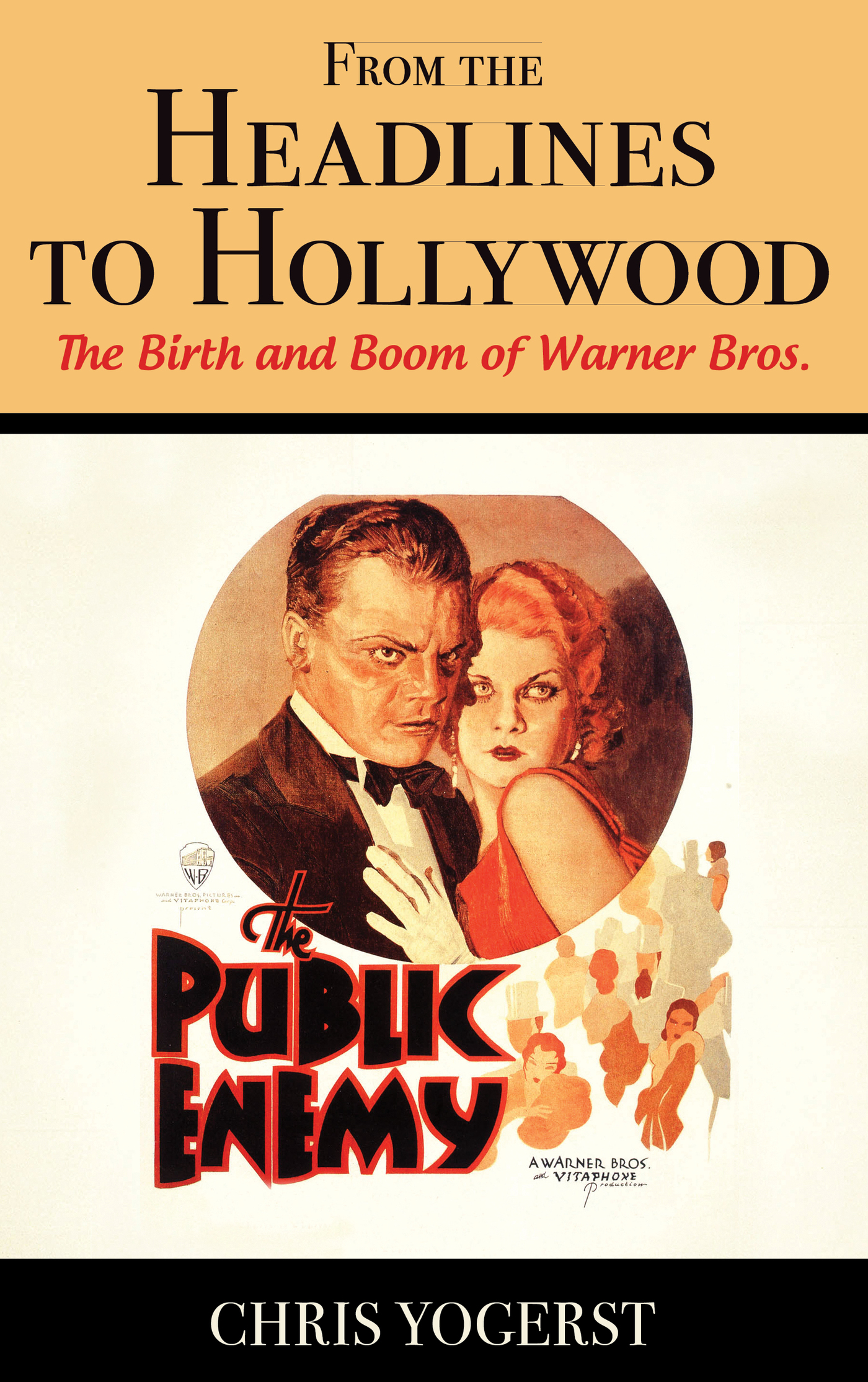From the Headlines to
Hollywood
FILM AND HISTORY
Series Editor: Cynthia J. Miller
European Cinema after the Wall: Screening EastWest Mobility, edited by Leen Engelen and Kris Van Heuckelom
Native Americans on Network TV: Stereotypes, Myths, and the Good Indian, by Michael Ray FitzGerald
Bringing History to Life through Film: The Art of Cinematic Storytelling, edited by Kathryn Anne Morey
Hollywood and the End of the Cold War: Signs of Cinematic Change, by Bryn Upton
Smart Chicks on Screen: Representing Womens Intellect in Film and Television, edited by Laura Mattoon DAmore
The JFK Image: Profiles in Docudrama, by Raluca Lucia Cimpean
Food on Film: Bringing Something New to the Table, edited by Tom Hertweck
Real War vs. Reel War: Veterans, Hollywood, and WWII, by Suzanne Broderick
Talking about Pauline Kael: Critics, Filmmakers, and Scholars Remember an Icon, edited by Wayne Stengel
The Westerns and War Films of John Ford, by Sue Matheson
Buccaneer: James Stuart Blackton and the Birth of American Movies, by Donald Dewey
The Hollywood Trust: Trade Associations and the Rise of the Studio System, by Kia Afra
From the Headlines to Hollywood: The Birth and Boom of Warner Bros., by Chris Yogerst
From the Headlines to
Hollywood
The Birth and Boom of Warner Bros.
Chris Yogerst
ROWMAN & LITTLEFIELD
Lanham Boulder New York London
Published by Rowman & Littlefield
A wholly owned subsidiary of The Rowman & Littlefield Publishing Group, Inc.
4501 Forbes Boulevard, Suite 200, Lanham, Maryland 20706
www.rowman.com
Unit A, Whitacre Mews, 26-34 Stannary Street, London SE11 4AB
Copyright 2016 by Rowman & Littlefield
All rights reserved. No part of this book may be reproduced in any form or by any electronic or mechanical means, including information storage and retrieval systems, without written permission from the publisher, except by a reviewer who may quote passages in a review.
British Library Cataloguing in Publication Information Available
Library of Congress Cataloging-in-Publication Data
Names: Yogerst, Chris, 1983 author.
Title: From the headlines to Hollywood : the birth and boom of Warner Bros. / Chris Yogerst.
Description: Lanham, Maryland : Rowman & Littlefield, [2016] | Series: Film and history | Includes bibliographical references and index.
Identifiers: LCCN 2016010250 (print) | LCCN 2016019168 (ebook) | ISBN 9781442262454 (hardback : alk. paper) | ISBN 9781442262461 (electronic)
Subjects: LCSH: Warner BrosHistory. | Warner Bros. Pictures (1923-1967)History. | Motion picture studiosCaliforniaLos AngelesHistory.
Classification: LCC PN1999.W3 Y64 2016 (print) | LCC PN1999.W3 (ebook) | DDC 384/.80979494dc23
LC record available at https://lccn.loc.gov/2016010250
 TM The paper used in this publication meets the minimum requirements of American National Standard for Information Sciences Permanence of Paper for Printed Library Materials, ANSI/NISO Z39.48-1992.
TM The paper used in this publication meets the minimum requirements of American National Standard for Information Sciences Permanence of Paper for Printed Library Materials, ANSI/NISO Z39.48-1992.
Printed in the United States of America
Preface
Early Warner Bros. History
Benjamin Warner, father to the four brothers who would create one of the most famous film studios in history, came to the United States in 1883. He fled his home of Krasnashiltz (in what is now Poland) as a result of the rising aggression toward Jews in the area. Benjamins desire to survive led him to North America. Coming to Castle Garden, New York, before the mass infiltration through Ellis Island, he started a family at the height of the Industrial Revolution. By 1900, after spending the years traveling around the United States and Canada for work, Benjamin and his wife Pearl had a large family full of potential. The four brothers (out of 12 Warner children in all) who would help solidify a new business were, in order of birth, Harry, Albert, Sam, and Jack.
The first Warner contact with the film industry occurred in 1905 when Sam began working as a motion picture operator for a nickelodeon in Youngstown, Ohio. That year Sam purchased a used film camera as well as a copy of The Great Train Robbery. The brothers began to showcase nightly screenings in numerous towns. The brothers opened their first theater, the Cascade, in Newcastle, Pennsylvania, by converting a vacant store into a nickelodeon with seating for 99 occupants. The chairs were borrowed from a local undertaker.
By 1907, the brothers were running a successful distribution company called the Duquesne Amusement Supply Company, but soon ran into issues with inventor Thomas Edison, who played a major role in the development of film production and projection. Edison owned a monopoly on film technology, eventually known simply as the Trust, which (1) required producers to have a license from the Trust to make movies, (2) also required distributors to have a license from the Trust, and (3) billed theaters a two-dollar weekly fee for each projector used.
The Warner brothers opened a distribution agency in New York that bought and sold pictures. In 1916, the technically advanced Sam and flamboyant Jack leased a small place in Hollywood to make films. In December 1917, the Warner brothers premiered their first feature film, My Four Years in Germany. This film was a sign of things to come for the brothers, and predicted the future of a successful business practice, based on buying the rights to a popular book so that a film could build on the print best-sellers audience. This was a way to get pre-sold interest in a film, a method still used in twenty-first-century Hollywood. The book was centered on Ambassador James W. Gerards experiences in trying to avoid World War I. The hard-hitting nature of the film would set the tone for the dark, aggressive house style the studio would have during the Golden Age.
My Four Years in Germany cost $50,000 to make, and the Warner brothers gave up 54 percent of the profit. The film was successful$150,000 went to the supplier, $100,000 to Gerard, $300,000 to First National for distribution, and over $130,000 to the Warners.
Harry, Sam, Albert, and Jack officially incorporated Warner Bros. Pictures, Inc.the name that still stands on the water tower in Burbankon April 4, 1923.
In the coming years Sam, the technical genius, would convince Harry to invest in sound technology. On June 25, 1925, Harry signed a letter of agreement with Bell, which had merged with Western Electric, to make a series of sound films. In a series of corporate moves, Warner Bros. ended up with exclusive rights to Vitaphone, the sound process that would change the film industry forever.
Before Warner Bros. became the most culturally connected studio in the film industry, they first had to establish that connection. Known, in part, for its technological innovation in the late 1920s, Warner Bros. was not the first studio to desire sound on film. An article in the July 1924 issue of Photoplay explained how Thomas Edison, with his kinetophone, and then Lee de Forest, with his phonofilm, each attempted to integrate sound into film. This was likely the first time mass audiences got wind of this new direction for feature films. From this point on, there was a race to integrate sound technology into a successfully exhibited film. Warner Bros. would win that battle and create what was even more important: topical, entertaining, and challenging films.


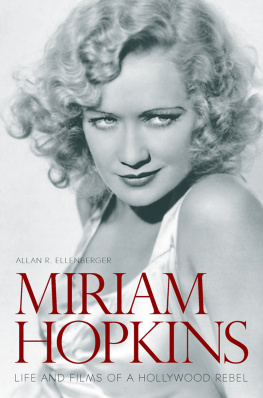
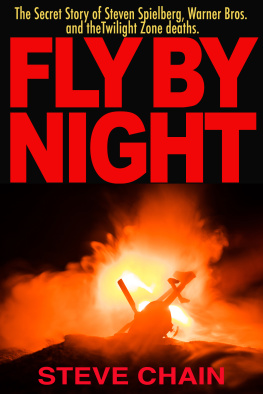

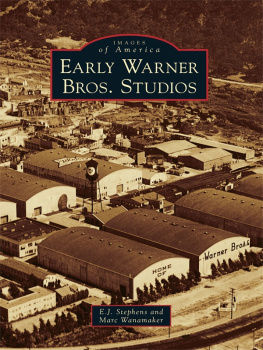
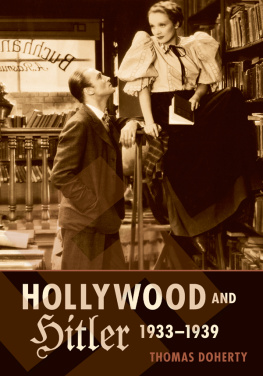
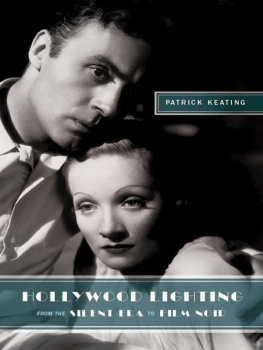
 TM The paper used in this publication meets the minimum requirements of American National Standard for Information Sciences Permanence of Paper for Printed Library Materials, ANSI/NISO Z39.48-1992.
TM The paper used in this publication meets the minimum requirements of American National Standard for Information Sciences Permanence of Paper for Printed Library Materials, ANSI/NISO Z39.48-1992.